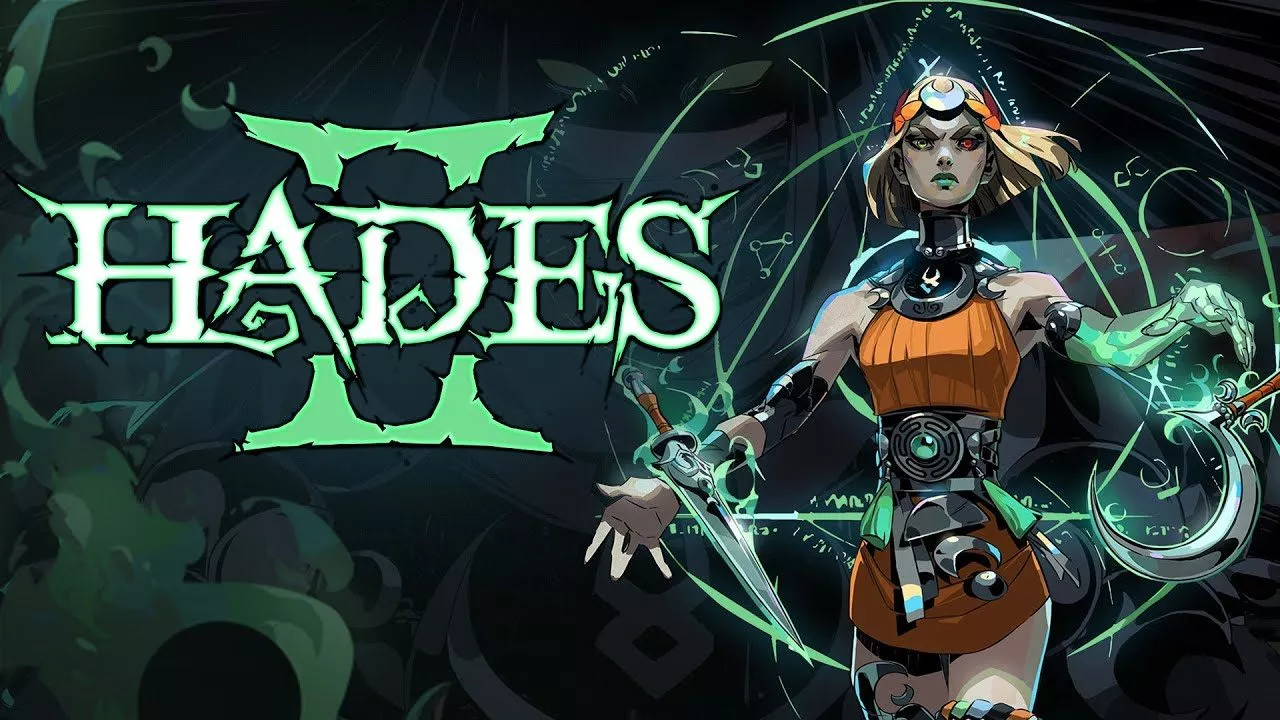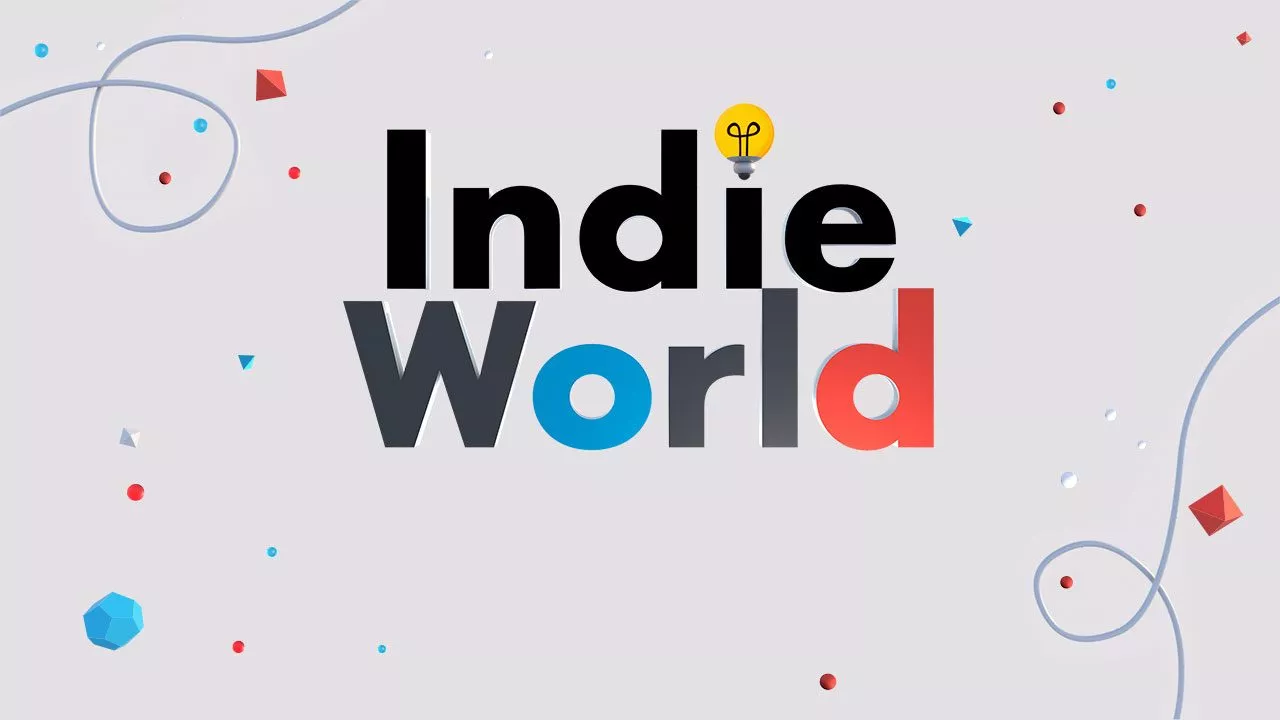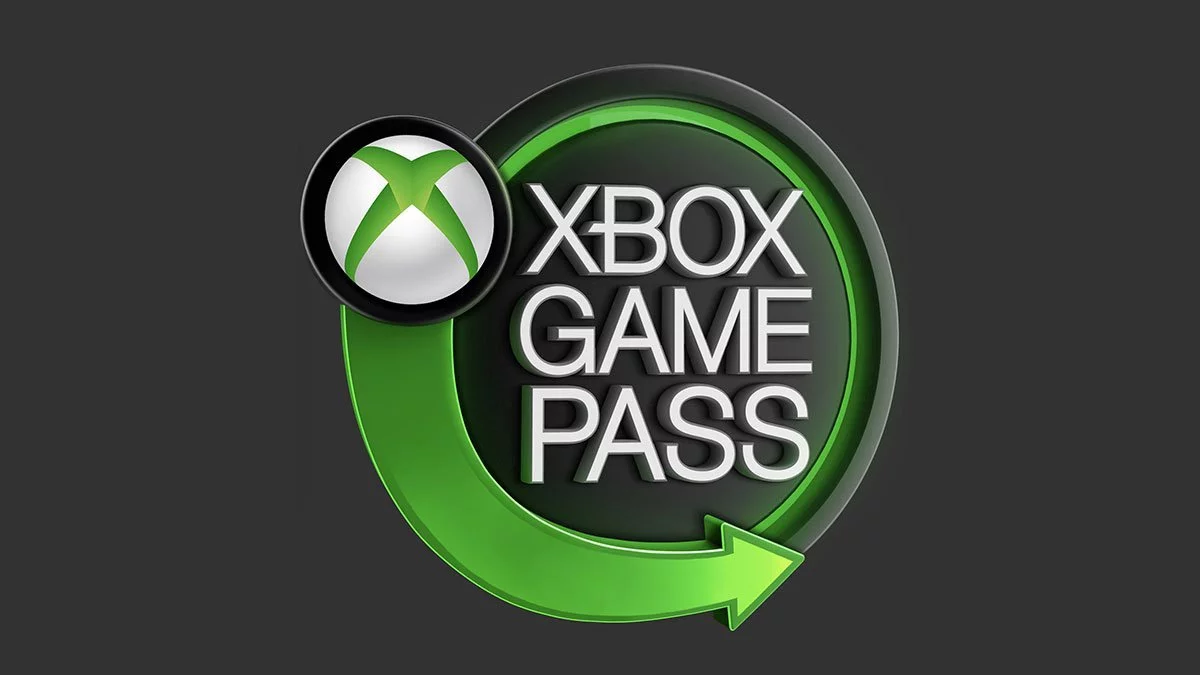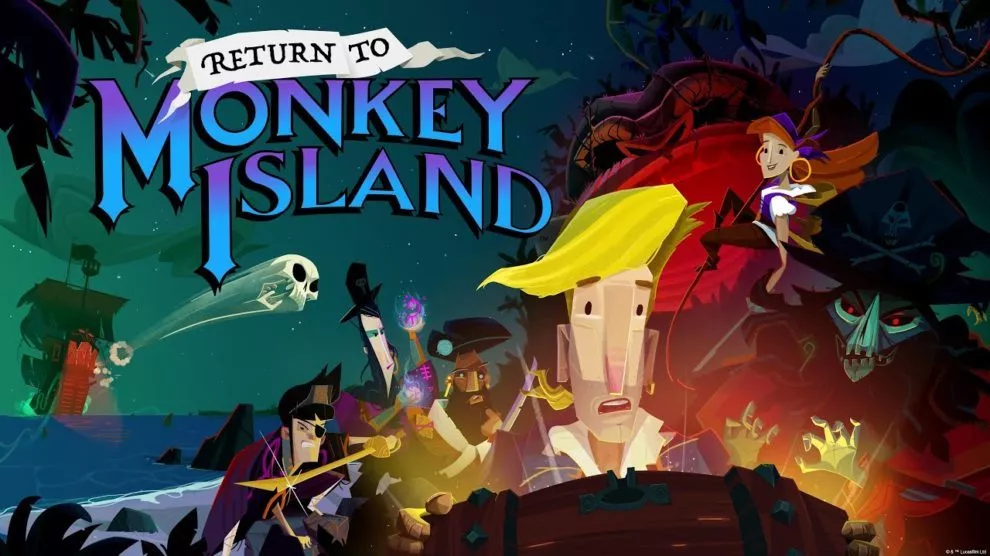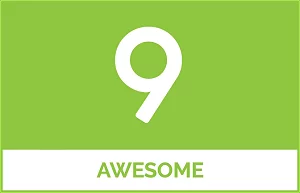My name is Guybrush Threepwood and I still wanna be a pirate.
Return to Monkey Island is a delight the likes of which may never been seen again. More than three decades after The Secret of Monkey Island (1990) and Monkey Island 2 LeChuck’s Revenge (1991), series creator Ron Gilbert has returned alongside Dave Grossman to conclude the trilogy – and done it with purpose.
The original games are highly revered as all-time greats of the point-and-click adventure genre. But if there’s one thing Guybrush Threepwood’s maiden voyage didn’t deliver, it was divulging the secret of Monkey Island. That provides the purpose and closure for a final return.
While it’s a game that was probably once slated for 1992, finally releasing in 2022, Return to Monkey Island isn’t the third in the series. Original publisher LucasArts passed the keys around a few times between 1997 to 2010, resulting in some very distinct reimaginings, and left the series on hiatus until it finally found its way back to Gilbert’s team at Terrible Toybox and Devolver.
That period included visual remakes of the original two games, as special editions, keeping true to LucasArts’ many nods to Star Wars throughout the Monkey Island series. Those received full voice acting and more modern controls, along with a full visual makeover and an option to revert to the original early-90s’ design and interface on the fly. If you haven’t played those, they’re well worth the history lesson. But for those short on time, Return to Monkey Island offers a brief recap ahead of picking up where Monkey Island 2 left off.
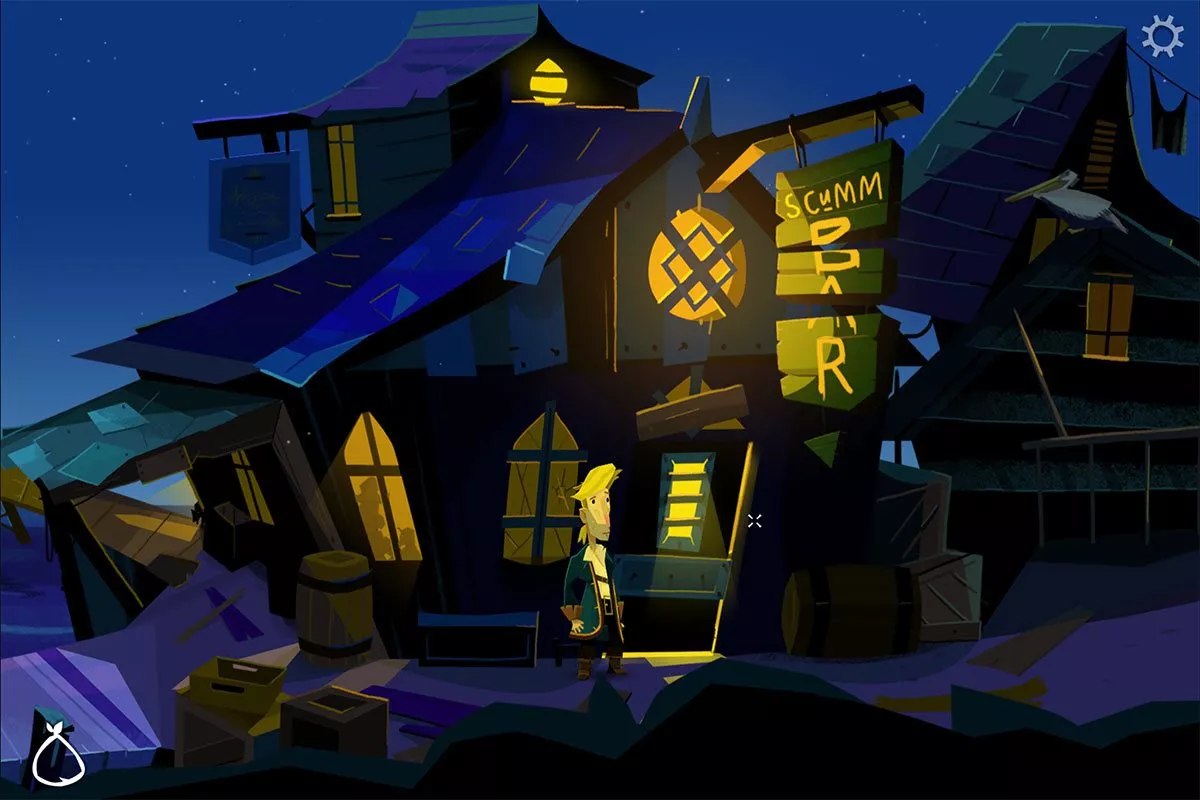
Having recently played through the two special editions – and their controller-friendly updated control schemes – Return to Monkey Island makes an immediate impact with its clean, simple and very effective user interface. It’s far less cluttered and easier to navigate than those remakes, let alone compared to the original games which are best described as highly functional products of their time.
There’s no more conflicting selections between “pull” or “push” or when to look at, use or give an item. It’s all been replaced by a simple inventory screen with an option to “grab” the item, and then drag and drop it wherever you want to use it. Meanwhile, moving your mouse around the screen enables you to move Guybrush or select objects or people to interact with.
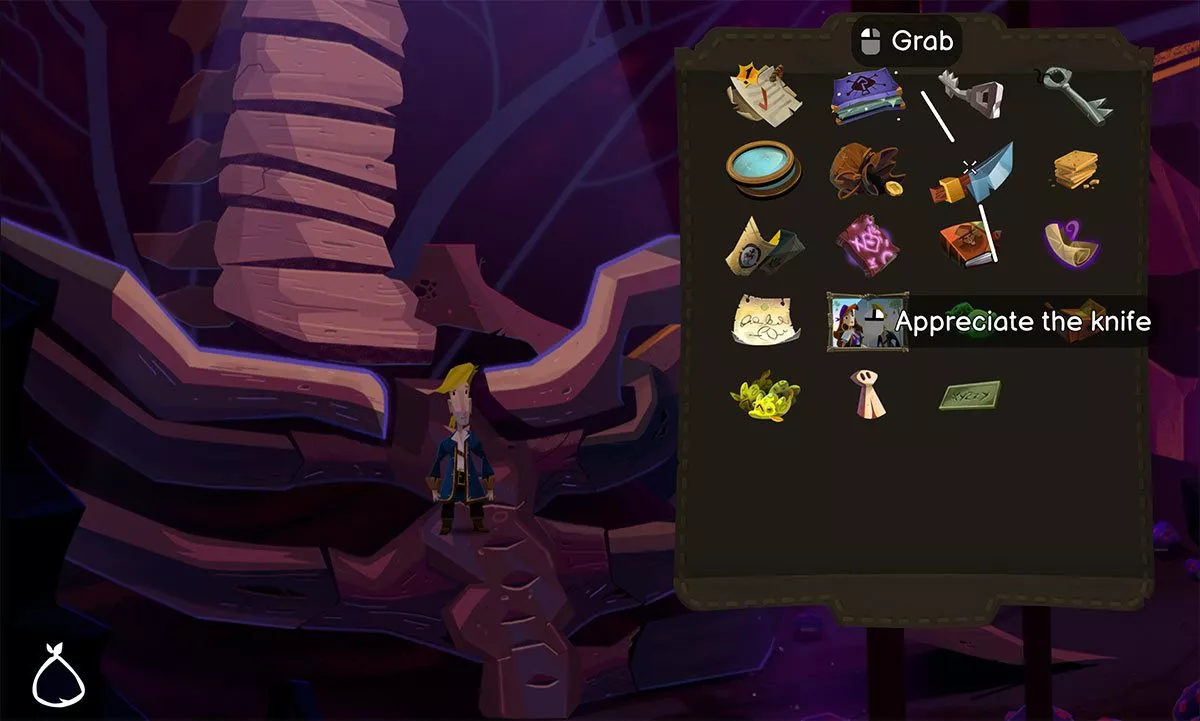
Accessibility extends to the option to play on casual or hard difficulties. While casual is often rightfully dismissed, I would have called this “normal”. It reduces the complexity of some puzzles, but unless you’re glued to the hint book, there are still plenty of headscratchers – only, without some the ludicrous solutions the series is renowned for, which are now lurking within the hard difficulty; perfect for a second playthrough.
That hint system greatly expands upon what was offered in the special editions. It initially offers a very vague steer in the right direction, and slowly reveals more until it plainly spells it out for you. Alongside a step-based ‘to do list’ that notes your active objectives, Return to Monkey Island has opened its doors to a much wider audience. It’s also priced itself to tantalise those curious to take the plunge with great value at AUD $37 (USD $25).
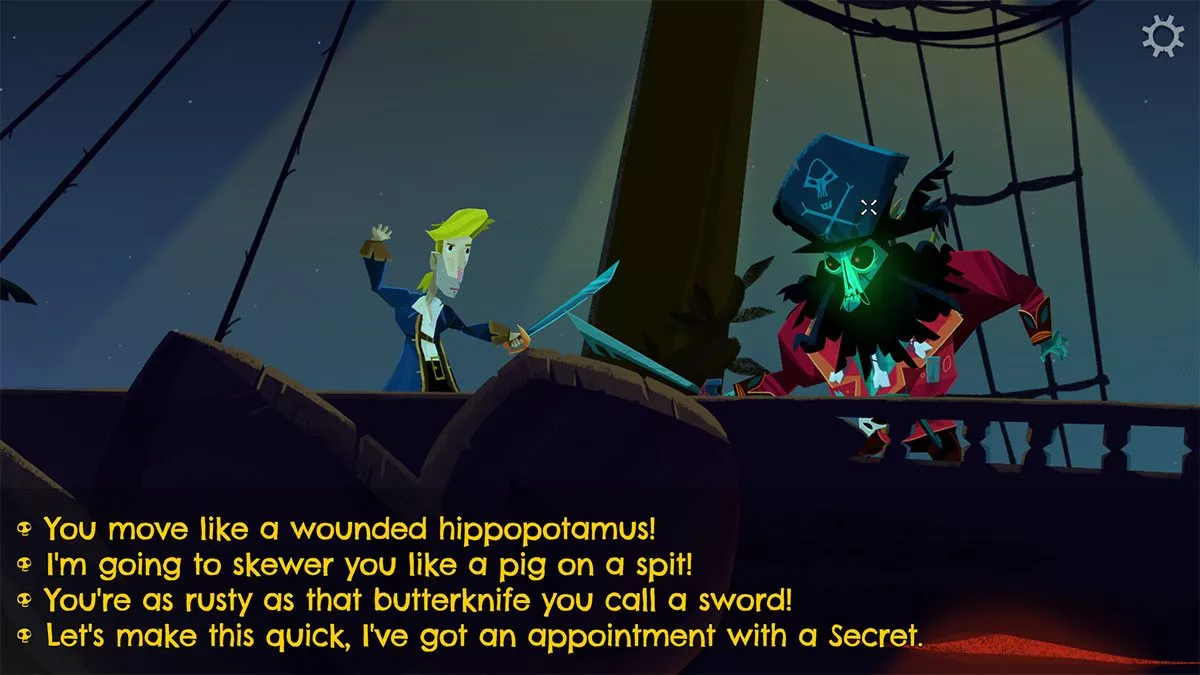
The delightful nature extends to the characterisation, the brilliant voice acting and Guybrush’s familiarly convoluted solutions to problems that never should have existed. To explain what you’re trying to accomplish in Return to Monkey Island to an unversed passer-by would be foolish – it either won’t make sense, or will seem strangely mundane for a mighty pirate like Guybrush Threepwood.
Yet the clever puzzle design and witty PG-banter, aimed at a much older audience, make it a joy to play through its multi-part story. While some of the backtracking and collectible quests mildly outstay their welcome, on the whole Return to Monkey Island recaptures the essence that made the original games so iconic.
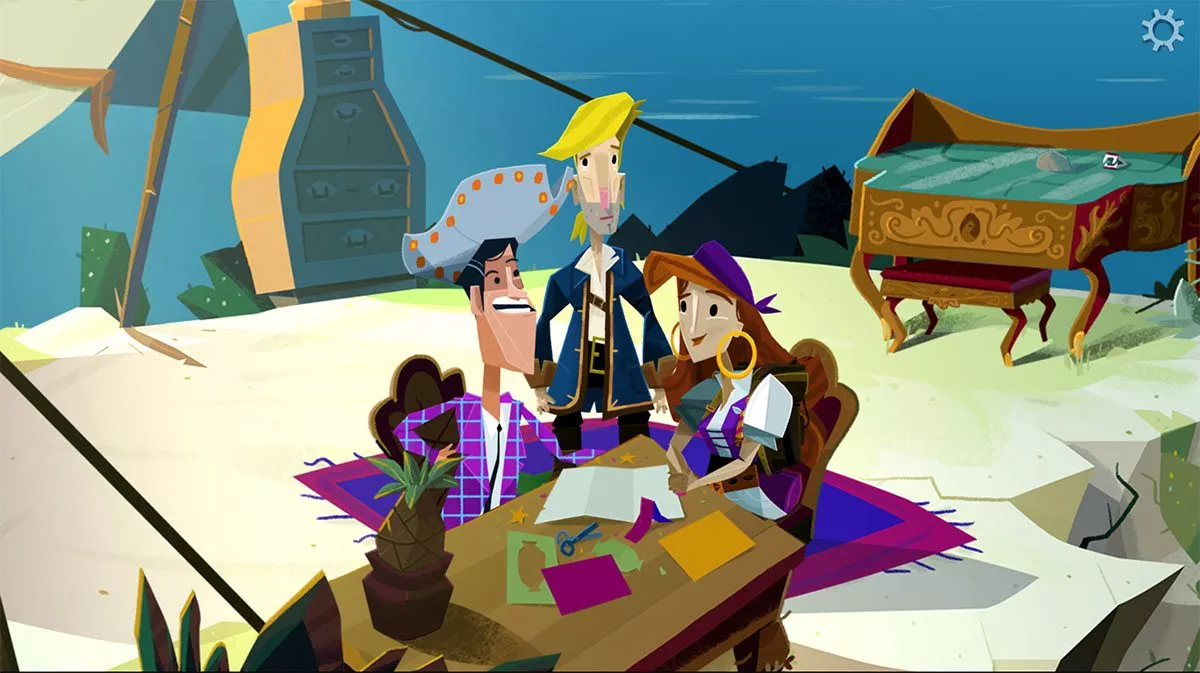
While it runs well and nails the design it’s going for, I’m just not sold on the art style. At once, characters can come across as goofy and emotionless with dead eyes. Guybrush and Elaine retain their strong characterisation largely through the excellent performances from returning voice actors Dominic Armato and Alexandra Boyd. The zombie ghost pirate LeChuck also benefits with strong vocals from newcomer Jess Harnell, replacing the retired Earl Boen. After being jarring at first, I must admit the character designs continued to grow on me the more I played, but they never entirely look the part.
The deliberate art style doesn’t affect gameplay, and for many it will be endearing. But for this old seadog, I much preferred the updated stylisation of the Monkey Island 1 and 2 Special Editions, and the hand drawn aesthetic of The Curse of Monkey Island – which was drastically different in style than the original games, but still great and is well overdue for a remaster beyond 640 x 480.
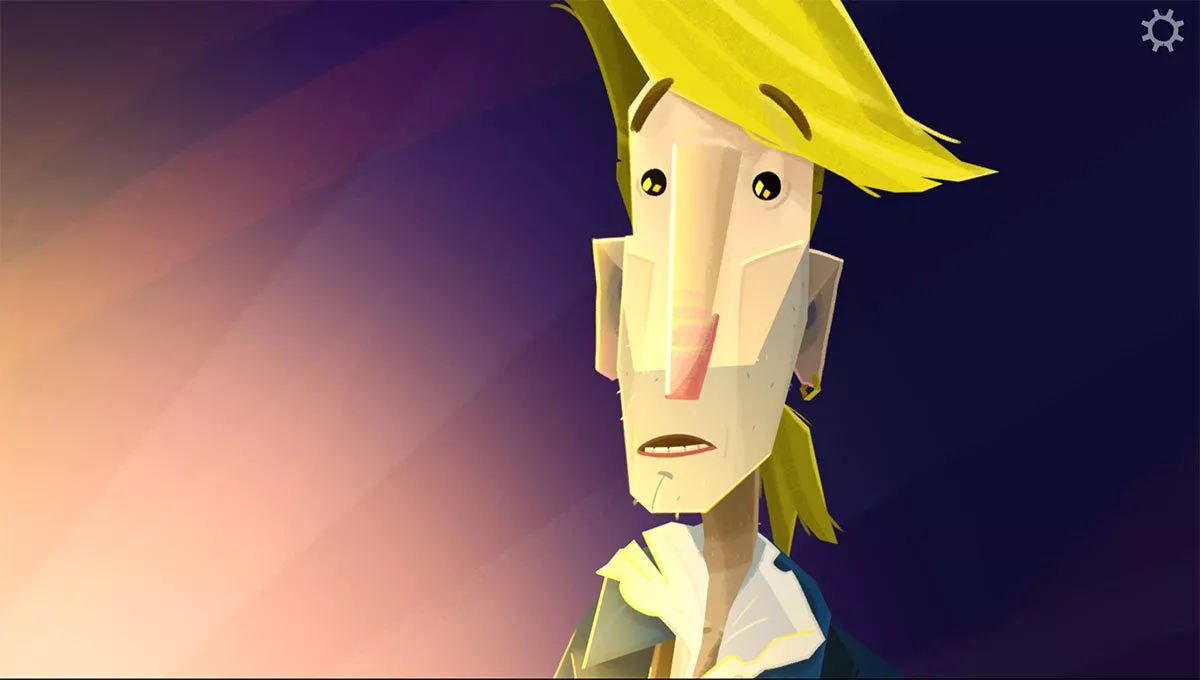
It’s impossible to identically recreate that. Greater technology and an abundance of choice has made creating adventure games much more difficult. But through the lens of a modern audience, Terrible Toybox has defied its name and done a great job with cherished vintage toys.
Return to Monkey Island is a good old adventure game, made modern. It is vintage gameplay in a modern package, with a focus on accessibility, without sacrificing the outlandish puzzles and quirky oddities. The visuals don’t quite feel right, and yet with excellent voice acting, and scenarios and dialogue that feel straight out of the early 90s, the world is almost perfectly recreated 30 years later. Return to Monkey Island is a delightful adventure, and while it might not quite reach the unobtainable prestige of its predecessors, with a much more accessible design it’s destined to become Guybrush Threepwood’s most popular tale yet.
Return to Monkey Island was reviewed using a promotional code on Windows PC, as provided by the publisher. Click here to learn more about Stevivor’s scoring scale.
This article may contain affiliate links, meaning we could earn a small commission if you click-through and make a purchase. Stevivor is an independent outlet and our journalism is in no way influenced by any advertiser or commercial initiative.



